Waterfront development has always been about balance—creating structures that enhance human access to the water while preserving the ecosystems that make those spaces so special. In recent years, sustainability in marine construction has become more than a trend; it’s now a necessity. Modern dock builders and waterfront property owners alike are rethinking the way docks are designed, built, and maintained to reduce environmental impact and increase longevity.
Let’s explore how sustainable practices are reshaping the future of marine construction and helping build docks that both last longer and protect the natural environment.
1. Choosing Eco-Friendly Materials
One of the biggest steps toward sustainable marine construction is using environmentally responsible materials. Traditional wood docks often relied on pressure-treated lumber, which contained chemicals that could leach into the water and harm marine life. Today, more eco-conscious alternatives are available.
Composite decking made from recycled plastics and wood fibers has become a popular choice because it’s durable, long-lasting, and resistant to rot and insects—without releasing harmful substances into the water. Aluminum framing is another environmentally friendly option due to its recyclability and corrosion resistance.
By selecting materials that last longer and require fewer replacements, builders reduce waste while also minimizing the dock’s overall environmental footprint.
2. Designing for Durability and Efficiency
A sustainable dock isn’t just built with green materials—it’s designed for longevity. Poorly constructed or short-lived docks eventually require frequent repairs or replacements, which increase waste and disturbance to aquatic habitats.
Engineers now focus on designing docks that adapt to environmental conditions, such as fluctuating water levels, storms, and tides. Floating docks, for example, can rise and fall with water changes, reducing strain and preventing damage.
Proper design also considers water flow. Allowing natural currents to pass beneath the structure minimizes erosion and sediment buildup, keeping the ecosystem stable. By prioritizing resilience, builders create docks that last for decades while reducing maintenance-related environmental impacts.
3. Minimizing Habitat Disruption
Every dock installation affects the surrounding habitat to some degree, but sustainable practices can significantly reduce this impact. During construction, minimizing the use of heavy machinery in sensitive areas helps protect local plant and animal life.
Using non-invasive anchoring systems, such as helical piles or screw anchors, disturbs less of the seabed compared to traditional methods. Builders also time their projects to avoid spawning seasons or migratory periods for local marine species.
Additionally, designing docks with open or grated decking allows sunlight to pass through, supporting aquatic vegetation growth beneath the structure. This small design change helps maintain the health of underwater ecosystems, particularly in shallow or nearshore environments.
4. Incorporating Renewable Energy and Smart Technology
The shift toward sustainability also includes incorporating renewable energy sources into dock systems. Solar-powered lighting, for instance, reduces electricity consumption and wiring complexity while improving nighttime safety.
Some modern docks now feature smart technology that monitors energy use, water quality, and environmental conditions. This data helps owners maintain efficient operations and make informed choices that benefit both their property and the surrounding habitat.
By combining renewable energy with innovation, the marine industry is proving that sustainability and functionality can go hand in hand.
5. Promoting Responsible Maintenance
Sustainability doesn’t stop after construction. Routine maintenance plays a critical role in extending the lifespan of a dock and protecting the surrounding environment.
Using biodegradable cleaning products, inspecting for leaks, and repairing damaged components promptly prevent pollutants from entering the water. Regular inspections also help detect early signs of wear, avoiding major repairs that could disrupt the environment later on.
Final Thoughts
Sustainable marine construction isn’t just about protecting the planet—it’s about building smarter, longer-lasting structures that work in harmony with nature. From choosing eco-friendly materials to designing adaptable docks and minimizing habitat disruption, every decision contributes to a cleaner, healthier waterfront.
By embracing sustainability, dock owners and builders can ensure that the beauty and functionality of marine environments remain intact for generations to come. Building docks that last while protecting nature isn’t just possible—it’s the future of responsible waterfront living.
This post was written by a professional at Supreme Marine Floating Docks. Supreme Marine Floating Docks is dedicated to providing top-quality floating dock services Palm Beach and marine accessories that combine durability, innovation, and superior performance. While we are a new brand, our team brings over 50 years of combined industry experience, making us a trusted name in the marine world. We are passionate about designing and delivering products that meet the highest standards, ensuring reliability and longevity in all marine environments. Whether for residential, commercial, or recreational use, our docks are crafted with precision and care, setting a new benchmark in the industry. At Supreme Marine, we don’t just build docks—we create lasting solutions.

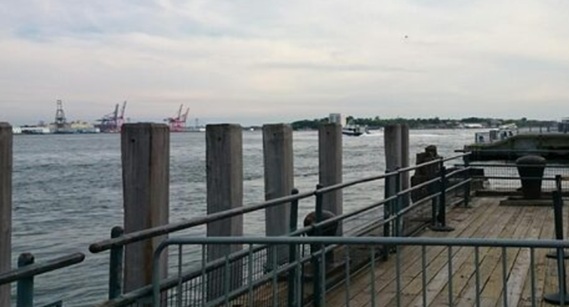
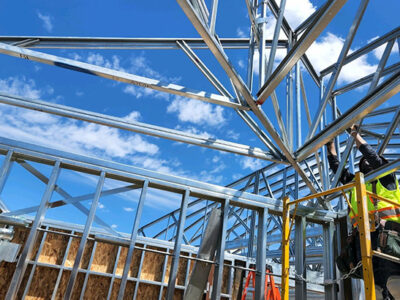




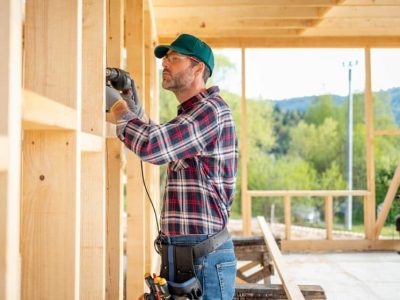

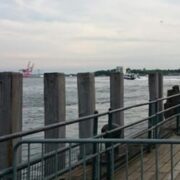
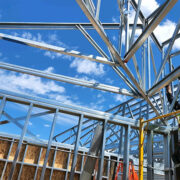


Comments